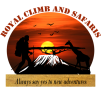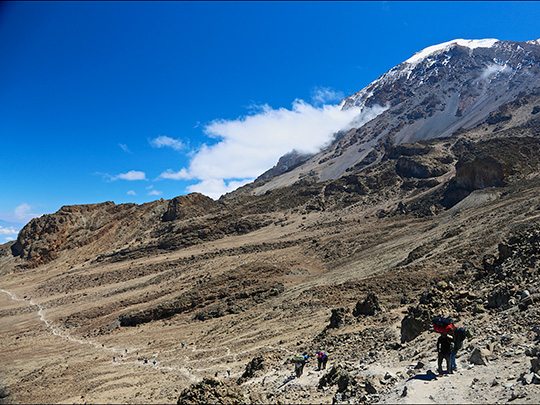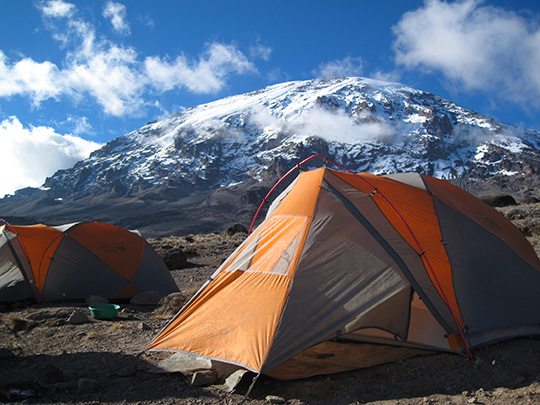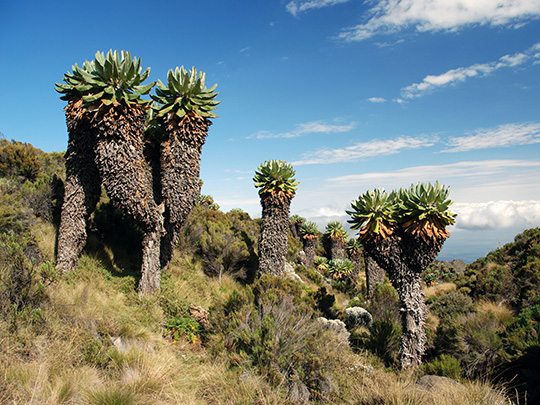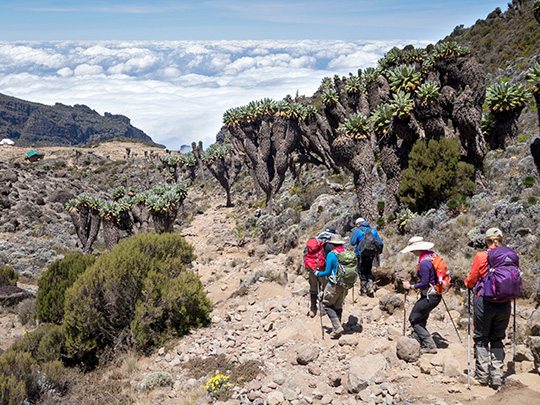MOUNT KILIMANJARO SHIRA ROUTE
There are six established routes to climb Mount Kilimanjaro – Marangu, Machame, Lemosho, Shira, Rongai, and Umbwe. The Marangu, Machame, and Umbwe routes all approach from the south of the mountain. The Lemosho and Shira routes approach from the west. The Rongai route approaches from the north. All routes except Marangu and Rongai descend via the Mweka route
Shira Route on Mount Kilimanjaro
Climbing Mount Kilimanjaro via The Shira Route
Very similar to Lemosho route, however, it starts at 3,600 meters and is therefore not ideal for trekkers who have little or no experience of high altitude trekking.
On the first day, you begin at Shira Gate to Simba Camp before joining the Lemosho Route on day two at Shira Camp 2. The high starting point is however a major negative for this route as many experience altitude sickness from day one without enough time to acclimatize.
The route over the Shira Plateau has several possible variations. After Shira Camp 2 the route joins the Machame Route via Lava Tower and then descends to the Barranco Camp via the Southern Circuit. Ascent to Uhuru Peak is made via Barafu Camp and up the southern slopes of Kibo.
The route is seldom used by other trekkers and so your initial two days on the mountain are less crowded than on most other routes.
Duration: 6 – 8 days
Difficulty: High
Scenery: Excellent
Traffic: Medium
Itinerary
Day 0: Arrival in Tanzania at Kilimanjaro International Airport.(JRO)
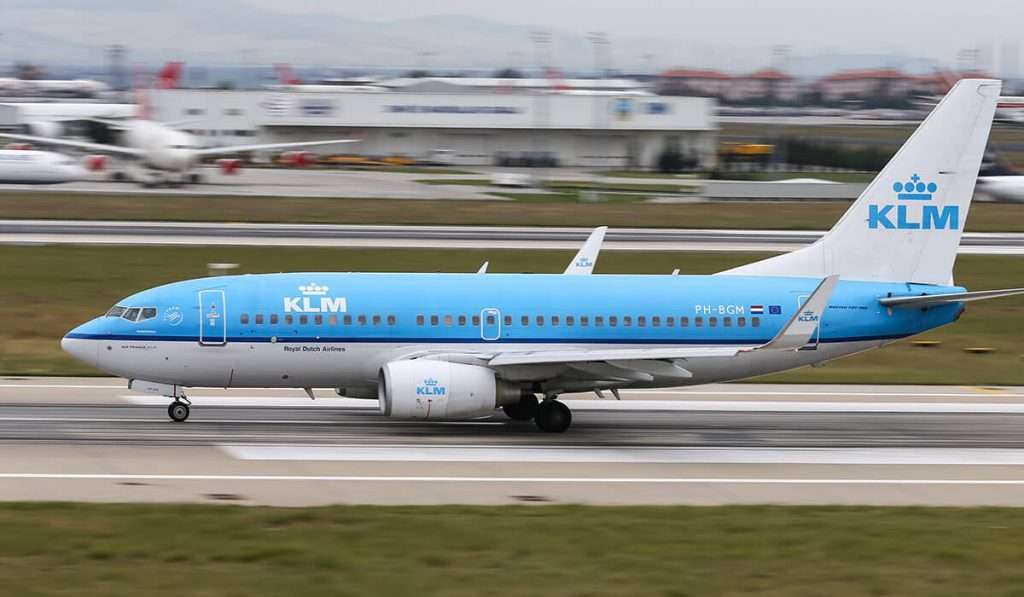
We will pick you up from Kilimanjaro Airport or Arusha Airport and transfer you to your hotel in Moshi. A pre-trek briefing will be held at your Moshi hotel. You should plan to arrive at least one day before the start of the trek. Today, we will focus on having a pre-trek briefing, during which we will review your equipment and rent any gear that is needed.
Day 1: Drive to Kilimanjaro National Park Shira Gate, Hike to Shira 2 Camp
Elevation: 1830m/6000ft to 3850m/12,600ft
Distance: 8km/5mi
Hiking Time: 4-5 hours
Habitat: Montane Forest
The drive from Moshi to the trailhead takes about 3 hours. We hike through the rainforest on a winding trail up a ridge. At lower elevations, the trail can be muddy and slippery. Gaiters and trekking poles are a good idea here. We continue a short distance until we reach the Shira Camp. Overnight at Shira 2 Camp.
Day 2: Hike Shira 2 Camp to Lava Tower to Barranco Camp
Elevation: 3850m/12,600ft to 4000m/13,000ft
Distance: 10km/6mi
Walking Time: 5-6 hours
Habitat: Semi-desert
From the Shira Plateau, we continue to the east up a ridge, passing the junction towards the peak of Kibo. As we continue, our direction changes to the southeast towards the Lava Tower, called the “Shark’s Tooth” (elev 4650m/15,250ft). Shortly after the tower, we come to the second junction which goes to the Arrow Glacier. We now continue down to the Barranco Camp. Although you end the day around the same elevation as when you began, this day is very important for acclimatization and will help your body prepare for summit day. An overnight at Barranco Camp.
Day 3: Hike Barranco Camp to Karanga Camp
Elevation: 4000m/13,000ft to 4050m/13,250ft
Distance: 5km/3mi
Hiking Time: 34 hours
Habitat: Alpine Desert
After breakfast, we leave Barranco and continue on a steep ridge up the Barranco Wall to the Karanga Valley and the junction which connects with the Mweka Trail. An overnight at Karanga Camp.
Day 4: Hike Karanga Camp to Barafu Camp
Elevation: 4050m/13,250ft to 4700m/15,350ft
Distance: 4km/2mi
Hiking Time: 3-4 hours
Habitat: Alpine Desert
We continue up to the Barafu Camp. You have completed the South Circuit, which offers views of the summit from many different angles. Here we make camp, rest, enjoy dinner, and prepare for the summit day. An overnight at Barafu Camp.
Day 5: Hike Barafu Camp to Summit, down to Mweka Camp
Elevation: 4700m/15,350ft to 5895m/19,340ft
Down to 3090m/10,150ft
Distance: 5km/3mi up / 13km/8mi down
Hiking Time: 5-7 hours up / 5-6 hours down
Habitat: Stone scree and ice-capped summit
Very early in the morning (midnight to 2 am), we continue our way to the summit between the Rebmann and Ratzel glaciers. You head in a northwesterly direction and ascend through heavy scree towards Stella Point on the crater rim. This is the most mentally and physically challenging portion of the trek. At Stella Point you will stop for a short rest and will be rewarded with the most magnificent sunrise you are ever likely to see. Faster hikers may view the sunrise from the summit.
From Stella Point, you may encounter snow all the way on your 1-hour ascent to the summit. Once at Uhuru Peak you have reached the highest point on Mount Kilimanjaro and the continent of Africa!
From the summit we begin our descent by continuing straight down to the Mweka Camp, stopping at Barafu for lunch. You may want gaiters and trekking poles for the loose gravel going down. We arrive at Mweka Camp and enjoy our last evening on the mountain. An overnight at Mweka Camp.
Day 6: Hike Mweka Camp to Mweka Gate, drive to Moshi
Elevation: 3090m/10,150ft to 1680m/5500ft
Distance: 10km/6mi
Hiking Time: 3-4 hours
Habitat: Forest
After breakfast we continue the descent down to the Mweka Park Gate to receive your summit certificates. At lower elevations, it can be wet and muddy. Gaiters and trekking poles will help. Shorts and t-shirts will probably be plenty to wear (keep rain gear and warmer clothing handy).
From the gate, continue another hour to Mweka Village. A vehicle will meet you at Mweka village to drive you back to your hotel in Moshi (about 30 minutes). You now drive back to Moshi for a long over due hot shower, dinner and celebrations!!
DAY 0: TRANSFER FROM THE HOTEL TO KILIMANJARO AIRPORT OR ARUSHA AIRPORT
Your driver will pick you up from your hotel at the scheduled time for your departure. After a relaxing stay and completing your Kilimanjaro adventure with Royal Climb and Safaris, you’ll enjoy a comfortable transfer to Kilimanjaro International Airport (JRO). The drive offers you a final view of Tanzania’s beautiful landscapes as you head to the airport to catch your flight.
Please make sure to have all your luggage and travel documents ready for the journey. Safe travels and we hope to welcome you back soon!

INCLUDED IN THE TREKKING PACKAGE:
- 2 Nights Hotel in Moshi: Bed & Breakfast before starting a tour and after the tour
- Private transport to/from Kilimanjaro International Airport to your hotel in Moshi
- Qualified guides with mountain crew
- National Park fees
- 18% VAT on tour fees and services
- All camping accommodations
- Mountain tents
- Transport
- Rescue fees
- All needs on the mountain (breakfast, lunch and dinner)
- Guides and porters’ accommodations and their entry fees on the mountain
- Pulse oximeter
- First aid kit
- Emergence oxygen
- Sleeping mats
- Treated water through the trek
- Fair wages to guides and porters as approved by Kilimanjaro National Park Authority
EXCLUDED FROM TREKKING PACKAGE:
- Flights
- Visa
- Tips to mountain crew
- Private toilet ($120 per group)
- Laundry services.
Private Trek
Please find below the prices for organizing a private trek. The prices are based on your group size.
Solo Trekker – USD 1900 per person
Group of 2 – 4 USD 1850per person
Group of 5 – 9 USD 1700 per person
Group of 10+ USD 1650 per person
Prices quoted are subject to current Government Regulated Park Fees at the time of departure
Payment Terms
Deposit Payment
The deposit is 20% of the total booking amount.
Deposit can be paid either via a bank transfer or an online card payment.
We offer bank accounts in USD currencies for bank transfers.
Once you make the advance payment you will receive a booking confirmation.
Balance Payment
Balance can be paid via bank transfer or with cash.
Bank payment can be made 15 days before the tour date (recommended 30 days prior).
Cash can be paid on arrival (USD printed in or after the year 2009).
Cancellation Policy
8 days and above departure
No cancellation fees.
0 to 7 days before departure
50% of the total tour price will be charged as cancellation fees.
Trek can be postponed to any new date without any extra cost at any point in time.
The 5% surcharge paid for either or both advance and balance payments is non-refundable in case of cancellation of the trek.
Frequently Asked Questions (FAQ) – Mount Kilimanjaro Trek & Arrival in Tanzania
Whether you’re planning your first Kilimanjaro trek or are a seasoned adventurer, it’s common to have questions about the journey and logistics. Here’s a comprehensive list of FAQs to help you prepare for your Mount Kilimanjaro trek and arrival in Tanzania.
General Questions about Kilimanjaro Trekking
1. What is the best time to climb Mount Kilimanjaro?
- The best months for trekking Kilimanjaro are during the dry seasons, from June to October and December to February. These months offer the best weather conditions for a successful and enjoyable trek.
2. How fit do I need to be to climb Kilimanjaro?
- Kilimanjaro is non-technical but physically demanding. You should be in good physical condition with a focus on cardio fitness, strength training, and endurance. Prepare by hiking and increasing your stamina before the trek.
3. Which route is the best for climbing Kilimanjaro?
- Lemosho Route is highly recommended for its scenic beauty, lower crowd levels, and excellent acclimatization profile, making it ideal for first-time climbers. Other popular routes include the Machame and Rongai routes.
4. What is the success rate of reaching the summit?
- The summit success rate on longer routes like the 8-day Lemosho Route is around 90%, as it allows for better acclimatization compared to shorter routes.
5. What is the altitude of Uhuru Peak?
- Uhuru Peak, the summit of Mount Kilimanjaro, stands at 5,895 meters (19,341 feet) above sea level.
6. How many days does it take to climb Kilimanjaro?
- Most itineraries range from 6 to 8 days. The 8-day Lemosho Route is highly recommended as it provides the best balance of time for acclimatization and success.
7. Do I need a guide to climb Kilimanjaro?
- Yes, it is mandatory to have a licensed guide. Royal Climb and Safaris provides professional, experienced guides for all Kilimanjaro treks.
8. How cold does it get on Kilimanjaro?
- Temperatures vary depending on the altitude. At the summit, night temperatures can drop to -20°C (-4°F), so you’ll need appropriate cold-weather gear.
9. Will I experience altitude sickness?
- Altitude sickness is a possibility on Kilimanjaro. Symptoms can include headaches, nausea, and shortness of breath. Our guides monitor your condition daily to ensure safe acclimatization. Drinking plenty of water and trekking slowly (“pole pole”) can help prevent symptoms.
10. What do I eat during the trek?
- You’ll be provided with nutritious meals throughout the trek, including soups, pasta, rice, vegetables, and protein. Special dietary requirements can be accommodated with advance notice.
Packing and Gear Questions
11. What equipment do I need for the Kilimanjaro trek?
- Essential items include a good-quality sleeping bag, trekking boots, warm clothing, rain gear, and a headlamp. A complete gear list will be provided when booking with Royal Climb and Safaris, and gear rental is available.
12. Can I rent equipment for Kilimanjaro?
- Yes, equipment like sleeping bags, trekking poles, and down jackets can be rented upon arrival.
13. How much weight do the porters carry?
- Porters carry up to 15 kg of your gear. You will carry a daypack with essentials like water, snacks, and extra clothing layers.
Arrival in Tanzania and Logistics
14. Do I need a visa to enter Tanzania?
- Most travelers require a visa to enter Tanzania. Visas can be obtained on arrival at Kilimanjaro International Airport (JRO) or online via the Tanzania eVisa system.
15. Which airport should I fly into?
- Kilimanjaro International Airport (JRO) is the nearest airport to Mount Kilimanjaro. It’s located between Arusha and Moshi, both of which are starting points for your trek.
16. What vaccinations are required for Tanzania?
- It’s recommended to have vaccinations for yellow fever, hepatitis A and B, typhoid, and tetanus. Check with your local travel clinic for any other requirements, especially if you’re arriving from a yellow fever-endemic country.
17. Do I need travel insurance for the trek?
- Yes, it is highly recommended to have comprehensive travel insurance that covers high-altitude trekking, emergency medical evacuation, and trip cancellations.
18. How do I get from the airport to the hotel?
- Royal Climb and Safaris provides airport transfers to and from Kilimanjaro International Airport. Our driver will meet you at the airport and transport you to your hotel for rest before your trek.
19. Where should I stay before and after the trek?
- Most trekkers stay in Moshi or Arusha before and after the trek. Royal Climb and Safaris can recommend comfortable hotels with all the amenities to help you relax before and after your climb.
Booking and Payment Questions
20. How far in advance should I book my Kilimanjaro trek?
- It’s best to book at least 3 to 6 months in advance to ensure availability and time for proper preparation.
21. What payment methods are accepted?
- Royal Climb and Safaris accept bank transfers, major credit cards, and cash payments (USD, or Tanzanian Shillings).
22. Are tips expected?
- Yes, tipping is customary after a successful trek. You can tip your guides, porters, and cooks at the end of the climb. We recommend a total tip of around $200-$300 per climber, which is shared among the team.
Miscellaneous Questions
23. Is Wi-Fi available in Kilimanjaro?
- There is no reliable Wi-Fi on the mountain, though mobile network coverage is available at certain points, especially lower down. It’s best to focus on disconnecting and enjoying the trek!
24. Can I charge my devices during the trek?
- There are no charging facilities on the mountain, so bringing a portable power bank is essential for keeping your camera and phone charged.
25. What happens if I can’t continue the trek?
- In the event that you experience altitude sickness or another issue, our team is prepared to safely escort you back down the mountain. Rescue fees are covered by your trekking permit.
26. What documents do I need for the trek?
- Make sure to bring a valid passport, visa (if applicable), proof of travel insurance, and any necessary vaccination certificates.
For any further questions, don’t hesitate to contact Royal Climb and Safaris. We’re here to make your Kilimanjaro adventure smooth, safe, and unforgettable!
Customer Reviews of Royal Climb and Safaris on TripAdvisor and Google Reviews
At Royal Climb and Safaris, we pride ourselves on delivering exceptional experiences to our clients, whether it’s trekking Mount Kilimanjaro, exploring Tanzania’s national parks, or enjoying cultural tours. Here’s what some of our happy adventurers have to say on TripAdvisor and Google Reviews:

